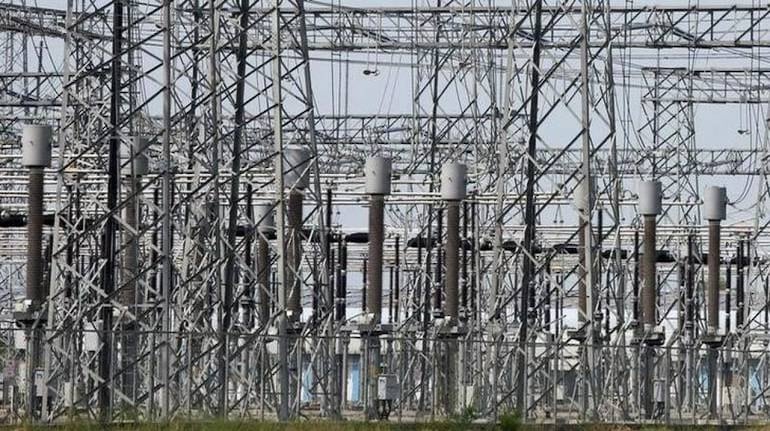



A severe power crisis in Karnataka has left industries in the state in the dark. Unscheduled power cuts have affected production in manufacturing units that are gearing up to meet festive season demand.
"Micro, small and medium enterprises (MSMEs) are the worst affected," U Sathyanarayana, honorary secretary of the Peenya Industries Association, told Moneycontrol. "For the past 15 days, we've been experiencing unscheduled power cuts multiple times a day. MSMEs cannot afford to rely on diesel generators.”
The immediate concern is for MSMEs that have high supply orders from customers during the ongoing festive season from Dusshera to Deepavali, he said. Frequent power outages could also damage electrical equipment, leading to production disruptions, lost work hours, and financial strain.
“MSMEs are already grappling with a severe financial crisis, and these power cuts are further aggravating the situation," Sathyanarayana said.
Karnataka is among the top five industrial states in the country, according to the state’s department of industries and commerce. The state’s key industries include telecommunications, electronics, information technology, precision engineering, automobiles, readymade garments, biotechnology and food processing.
Unexpected demand
The state energy department said Karnataka faces an exceptional situation with high power demand due to the failure of the monsoon.
“We are experiencing an unexpected demand of over 15,000 MW in October," the department said in a statement on October 10.
The power cuts come after electricity supply companies increased tariffs in May, which impacted industries.
Also Read: Power charges hike: Karnataka trade body urges closure of commercial establishments on June 22
“We are now appealing to the state government to ensure uninterrupted and high-quality power supply to industries to prevent production disruptions. The government must take precautionary steps to shield industries from future disruptions," Ramesh Chandra Lahoti, president of the Federation of Karnataka Chambers of Commerce & Industry, told Moneycontrol.
Industrialists are also concerned about higher fuel and power purchase cost adjustment charges if the government buys electricity from outside to augment the power supply.
Chief Minister Siddaramaiah said on October 13 that electricity demand is 40-50 percent higher than in the previous year due to decreased rainfall, high demand for irrigation pump sets, and a robust post-Covid economic recovery.
"Daily consumption has surged from 180 million units (MUs) to 280 MUs a day (from last year to this year). Peak daytime power demand has risen from 11,000 MW to 16,000 MW during the monsoon season. Nighttime power, about 10,000 MW, is adversely affected due to poor hydroelectricity availability and limited wind generation," the chief minister said.
Traders in and around Bengaluru’s retail hub of Chickpet said the Karnataka government's Gruha Jyothi scheme, which provides free electricity up to 200 units for every residential household, has increased power consumption.
Also Read: Traders strike begins in North-Central Karnataka against power hike; Bengaluru unaffected
“There is nothing called a freebie because someone has to pay for it,” Chickpet-based trade activist Sajjan Raj Mehta said. “Now, the government has to buy power from outside at a higher cost and industrialists have to pay additional charges. Power is crucial for industries and traders and any shortfall will affect businesses."
Farmers contingency plan
Siddaramaiah questioned energy department officials about their lack of plans and preparations for emergency situations to prevent power shortages for farmers. The CM instructed the managing directors of electricity supply companies to ensure that farmers get electricity for five hours in three shifts every day and to take precautions to avoid load shedding.
According to the energy department, the monsoon was significantly deficient in August and September, resulting in low storage levels in major dams. To protect their crops, farmers started using irrigation pumps earlier than usual, it said.
The department said the state recorded a peak demand of 16,950 MW and energy consumption of 294 Mus on August 25, which was a significant increase compared to the same period in the previous year. During September, the state experienced scanty rainfall, offering some relief in demand. However, in October, increased demand of over 15,000 MW resulted in a daily shortfall of 40-50 MUs.
"In October, it is observed that renewable energy generation (wind and solar) has significantly decreased. Heavy rains at the coal mines, the source of coal for thermal power plants, have led to frequent breakdowns due to wet coal received. All these adverse circumstances have created an acute shortage of approximately 1,500-2,000 MW," the department said in the statement.
Also Read: Power tariff hike: Karnataka CM meets industrialists to address concerns
Discover the latest Business News, Sensex, and Nifty updates. Obtain Personal Finance insights, tax queries, and expert opinions on Moneycontrol or download the Moneycontrol App to stay updated!
Find the best of Al News in one place, specially curated for you every weekend.
Stay on top of the latest tech trends and biggest startup news.